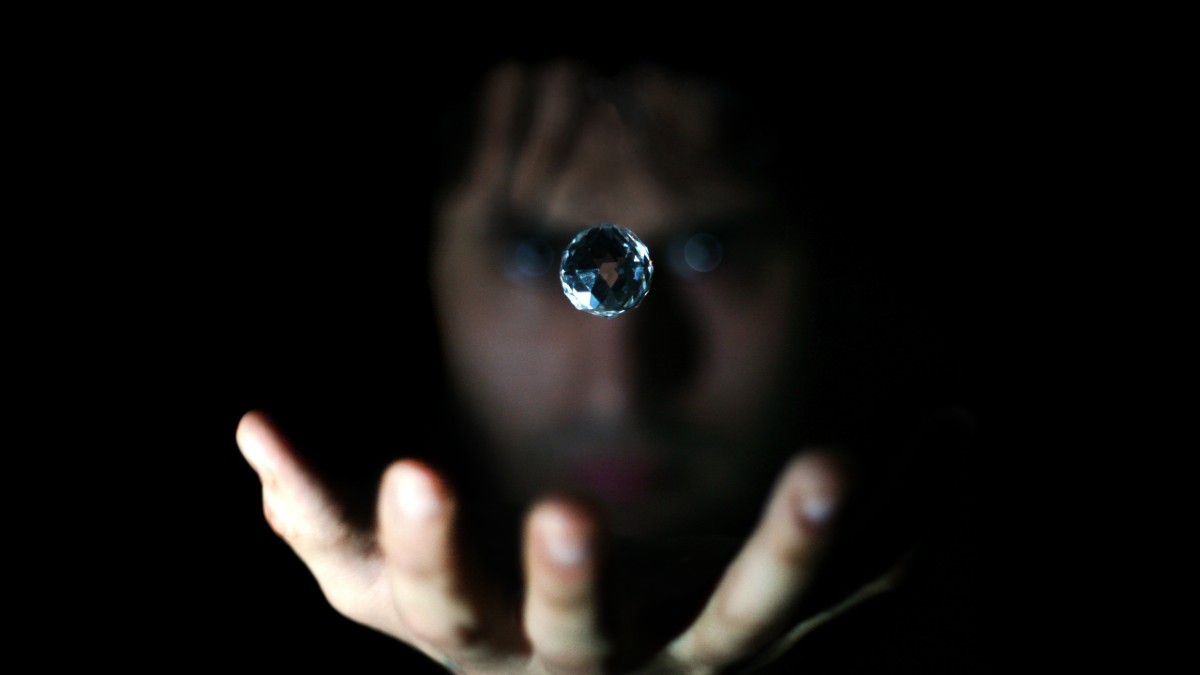Strategic Elements just figured out how to generate usable power out of thin air

Via Getty
Generating usable levels of electricity from moisture in the air is no longer a pipe dream with Strategic Elements proving its Energy Ink cells generate more power as they are scaled up.
Testing by its wholly-owned subsidiary Australian Advanced Materials and The University of New South Wales found that a scaled-up 100cm2 Energy Ink cell could generate over 1,400 mAh (milliampere/hour) of electrical charge – 400% more than the 36cm2 cells which the company had previously focused on.
This is hugely significant as it is well within the range of capacity provided by alkaline AA and AAA batteries.
It also proves that the technology profile has more than the power output requirements of many existing products in the US$10bn electronic skin patch market, which features products applicable to sports and health information from devices attached to the human body.
Strategic Elements (ASX:SOR) is now implementing and validating multiple technology breakthroughs into a world-first prototype battery pack with the goal to generate amp / hour range of electrical charge solely conducted from moisture in the air.
“This achievement has unlocked a potential R&D pathway for developing larger scale Energy Ink systems either through increased cell size or multiple cells connected over a large area,” managing director Charles Murphy said.
“The Energy Ink technology is still far from reaching its maximum potential as the team continues to discover, develop and showcase the ability to enhance the technology’s ability to harvest energy from moisture.”
Green energy scales up
Energy Ink uses green, sustainable materials that are safe and non-flammable and can be flexed and bent around the human body or structures when printed onto flexible plastic.
While development was previously focused on 36cm2 battery cells relevant to the large electronic skin patch market, the recent work to expand the cell size area has delivered corresponding increases in electricity generation.
Additionally, the new 100cm2 cells include some – but not all – of the technological breakthroughs made by the team since the beginning of the year.
Challenges involved in producing larger cells include printability over a larger area, ink adhesion and electrical contact connections, all areas which the company’s team continues to improve.
There is also considerable flexibility to test cells of different sizes as the UNSW’s equipment has the capacity to print features as small as 100 micrometres and over an area as large as 30,000cm2.
Breakthroughs by Stealth
Separately, Stealth Technologies – another subsidiary of Strategic Elements – is currently building programmable load simulators that will enable automated testing to show how Energy Ink cells perform in real-world applications.
The programmable load simulator will accelerate testing and enable AAM to determine the smallest size battery cells or packs that are required to power the circuits used in different real-world products.
It will also allow the company to run multiple tests in parallel without human intervention, and programming will allow circuits to simulate different types of devices with different power usage patterns such as periodic sensor readings and wireless data transfers
Data collected from these tests will inform the battery development work and form a data bank that can be used in future discussions with OEM development partners for different products.
The first demonstrator is expected to be available from the fourth quarter of this year.
This article was developed in collaboration with Strategic Elements, a Stockhead advertiser at the time of publishing.
This article does not constitute financial product advice. You should consider obtaining independent advice before making any financial decisions.
Related Topics
UNLOCK INSIGHTS
Discover the untold stories of emerging ASX stocks.
Daily news and expert analysis, it's free to subscribe.
By proceeding, you confirm you understand that we handle personal information in accordance with our Privacy Policy.








